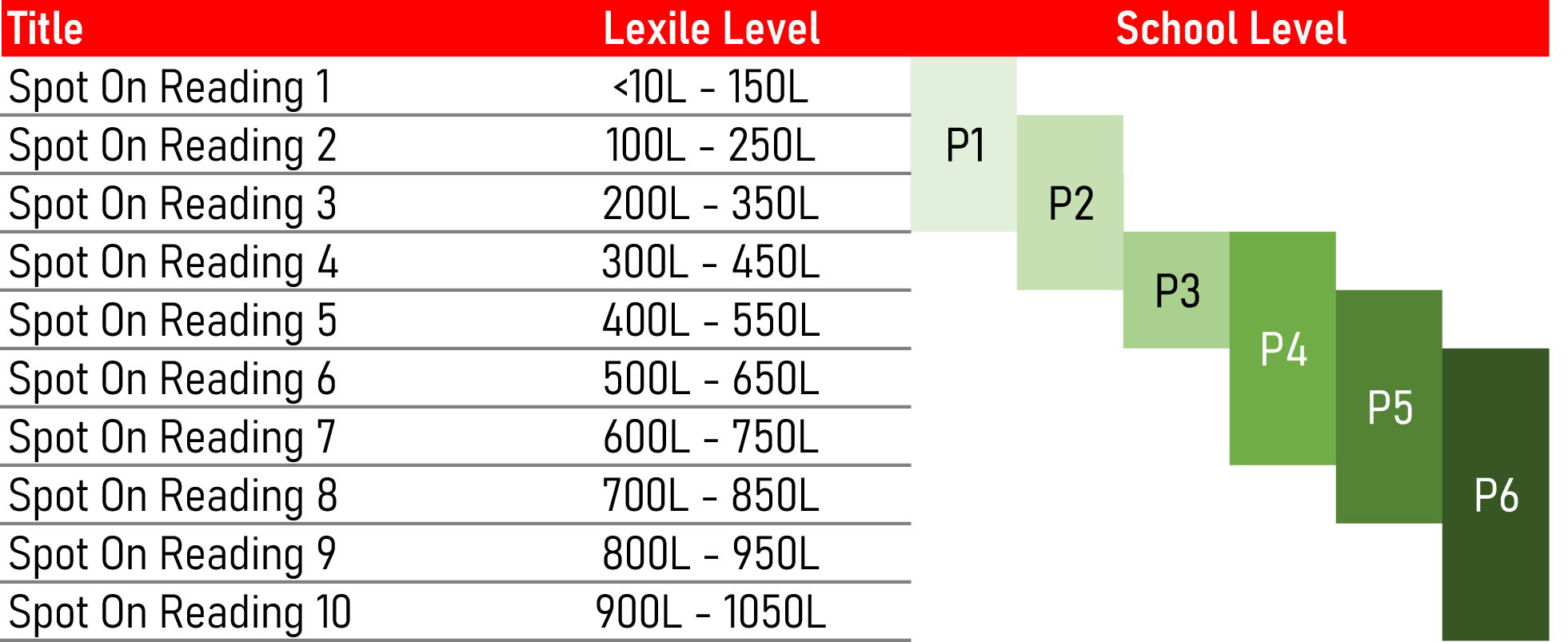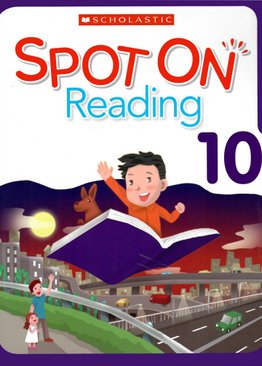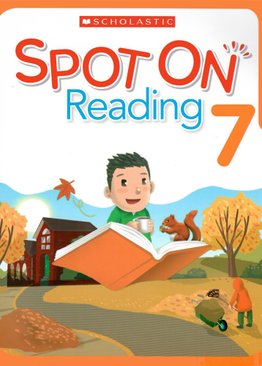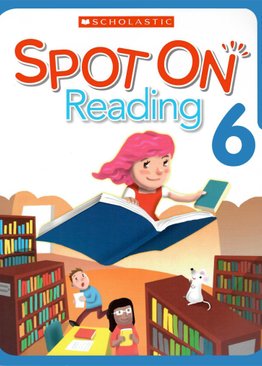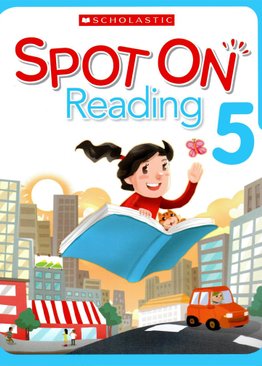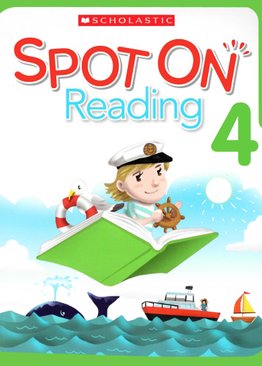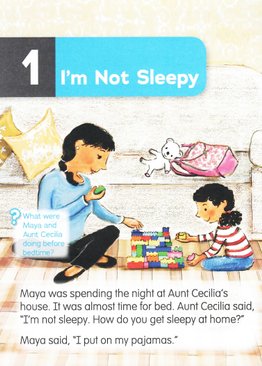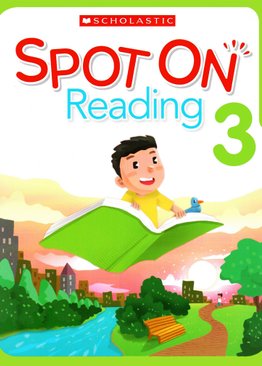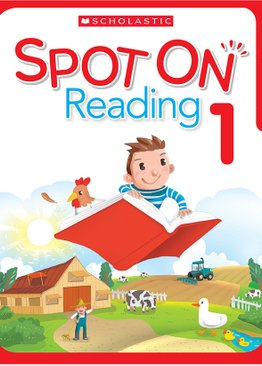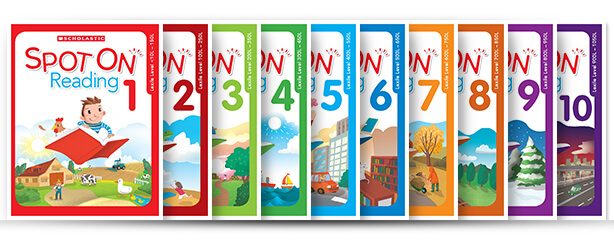
What is a Lexile Level?
A popular method used by schools to measure a student reader’s ability is Lexile level or a Lexile Measure. A Lexile measure is a valuable tool for teachers, parents, and students. It serves two unique functions: it is the measure of how difficult a text is OR a student’s reading ability level. The Lexile Framework was developed by MetaMetrics©, an educational assessment and research team, funded originally by the National Institute of Child Health and Human Development.
What Does Lexile Score Mean?
If a student gets a 550L then he or she is a 550 level Lexile reader. 550L is the measure of his or her readability level. It is important to note it is never called a score! This encourages student achievement. The Lexile level will always be shown as a number with an “L” after it — for example 770L = 770 Lexile. The higher the Lexile measure, the higher the student’s reading level.
Lexile Levels in Practice
The ideal for both reader and text is to match both their assessed Lexile measure. For example a book or magazine with a 770L and a reader assessed at a Lexile level of 770. The reading levels per classroom are wide-ranging and varied. There are many factors that go into matching a student to his or her ideal text. The Lexile Framework is a good place to start in picking the right book at the right Lexile level as it targets areas in need of intervention and encourages achievement across grade levels and curricula.
About the Series
Spot On Reading is a 10-book series aimed at developing learners' appreciation for what they read and to hone their comprehension skills. Each book contains 10 stories, all carefully selected based on their Lexile® text measures*, to ensure learners are reading texts suited to their reading abilities. The stories are arranged in increasing difficulty, allowing learners to encounter the easier stories first, to boost their confidence and motivate them to read. The comprehension practices are designed to help learners explore the texts in greater depth.
Benchmarked against PSLE and GCE O-level English
